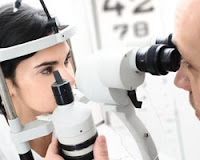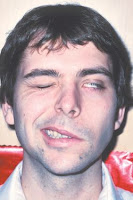1. Weakness
Classical clinical picture is ascending weakness and naturally symmetrical. Lower limbs are usually affected first before the upper limbs. Proximal musculature may be involved earlier than the more distal. Body, bulbar, and respiratory muscles can be affected as well. Respiratory muscle weakness with shortness of breath may be found, developed acute and lasts for few days to weeks. Severity can range from mild weakness to tetraplegia with ventilatory failure.
Classical clinical picture is ascending weakness and naturally symmetrical. Lower limbs are usually affected first before the upper limbs. Proximal musculature may be involved earlier than the more distal. Body, bulbar, and respiratory muscles can be affected as well. Respiratory muscle weakness with shortness of breath may be found, developed acute and lasts for few days to weeks. Severity can range from mild weakness to tetraplegia with ventilatory failure.





















